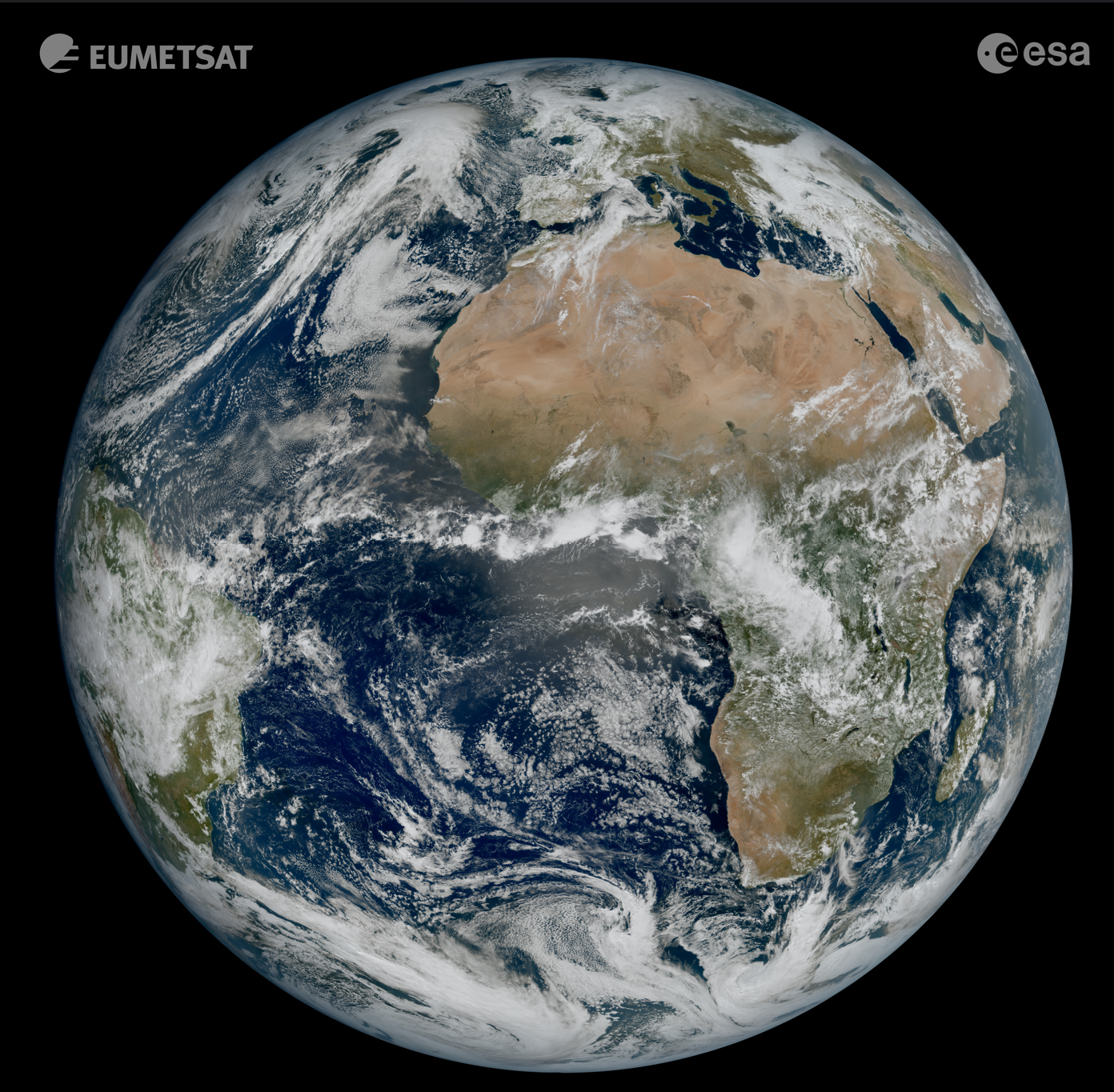Speaker
Description
Current space safety rules require Low Earth Orbit (LEO) satellite operators to dispose their spacecraft through atmospheric re-entries. Effects of demising materials on the atmosphere, however, are not yet considered. According to the broadly recognised Life Cycle Assessment (LCA) method before assessing the impact of demising materials, a Life Cycle Inventory (LCI) is necessary. Unfortunately, still little is known about the elementary flows resulting from atmospheric demise especially with regards to electric, electronic, electro-mechanical, and electro-optical (EEEE) parts in spacecraft. This is a gap that research groups and agencies are trying to close with the help of computational models (DRAMA, CEA, Cantera, REAT) or with in-situ spectroscopy from within the spacecraft (e.g., DRACO mission). An alternative option is to conduct classical thermal simulation and plasma experiments originally designed to investigate the materials thermal resistance or ability to demise to simulate destructive re-entries. If coupled with state of the art in-situ and post-mortem material scientific characterisation methods, this approach can become a valuable addition to computational simulations and complex re-entry missions to understand and identify emissions from atmospheric re-entries. The herein proposed research has the goal to significantly contribute towards closing the defined LCI gap for atmospheric re-entries of the often overlooked internal EEEE parts of spacecraft and identify elementary flows and flow locations via combining material scientific characterisation with classical re-entry simulation. As depicted below, both in-situ and post mortem characterisation methods will be employed during and after experimental simulation of re-entry conditions. Plasma wind tunnel experiments as well as thermogravimetric analysis (TGA) and other plasma sources will be used to simulate selected re-entry conditions. During simulations, in-situ optical emission spectroscopy (OES), concurrent differential thermal analysis (DTA), and gas chromatograph (GC) will provide time-resolved data on behaviour, ablation, excitation, mass loss, chemical reactions, thermal decomposition and elemental ratios. Post-mortem analyses include optical microscopy, scanning electron microscopy combined with energy-dispersive X-ray spectroscopy (SEM-EDX), and X-ray diffractometry (XRD), which collectively characterise the morphology, chemistry, and phases of the residual materials. As shown below, assumptions and LCI results will be validated considering results from literature and state of the art re-entry simulation tools like REAT. For this research, TESAT’s Parts Agency and the Materials and Resource group of the Technical University of Darmstadt have collaborated to create a reproducible method to close the LCI gap, a crucial step towards holistic LCA of re-entry materials and the identification of sustainable re-entry materials.

